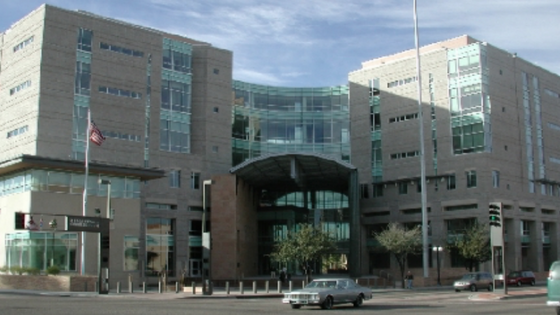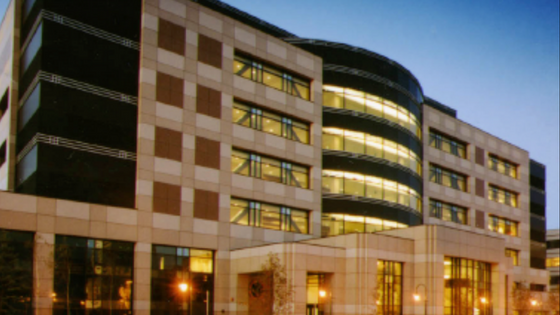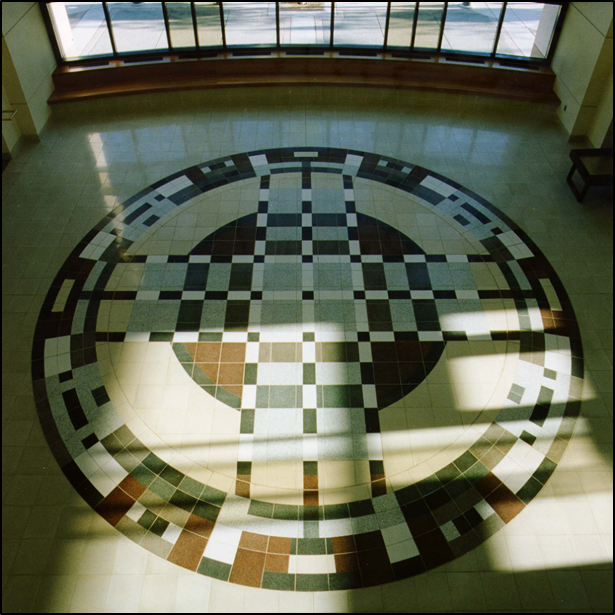I recently participated in an “industry day” for a new county courthouse project located in the community I grew up in. The event featured county officials and key stakeholders presenting information on the project background, intended timeframe, and selection criteria. One of the key selection criteria was how well the design connects to the history and character of the local community a consideration when courthouse planning. More than just visually fitting in with the surrounding area, the architectural style must reflect the values of the citizens it serves and remind them of what makes their community unique.
This got me thinking about what such a context would mean for this specific community. I also reflected on the architectural design of many of the courthouses I’ve seen (and researched a few that I haven’t). I thought about whether they would meet this requirement, and why.
Placing Context in Context
“Contextual architecture” or “vernacular architecture” is an architectural style that is based on the local area’s history, culture, and environment. True contextual architecture is more than a token use of representative local design elements. Today’s buildings span a broad range of styles, some of which extensively reflect local characteristics and others of which include no local recognition at all.
But when context is key, how is that context decided? Clearly, cultural norms and building styles change over time. Therefore, identifying the proper context isn’t always easy. For example, should we give a nod to the past or recognize an emerging future trend? There are advocates for both approaches. I’m not here to settle that debate. Instead, I’d like to examine some ways in which local architectural considerations may be applied to a courthouse design.
Below I’ve provided a few examples of factors that seem to characterize courthouses that fit well within their local communities, and seem to be well received by judges, court employees, and the public.
The Environment as a Factor
Consider the Evo A. DeConcini U.S. Courthouse in Tucson, Arizona. The six-story, two-tower structure is clad in an aluminum curtain wall and employs translucent fiberglass, concrete block, and pre-cast concrete panels. According to designer Hardy, Holzman Pfeiffer Associates (HHPA), the design “reflects Tucson’s character in the materials and horizontal massing… [and] creates community open spaces.” In an Architecture Week article written after the courthouse’s October 2000 dedication, one of the HHPA principals stated:
“I have always been struck by the pervasive nature of the desert in the midst of downtown Tucson… and the magical qualities it bestows upon the urban experience. It appears monochromatic and formless and gives no clue to its scale and identity. But upon closer scrutiny it reveals its true self as a collection of diverse elements rich in form, color and texture."

Evo A. DeConcini U.S. Courthouse
The article notes that the courthouse was designed to celebrate this special character, that “like the desert, it is composed as a series of disparate objects juxtaposed in unexpected ways… [t]he various elements are clad in a variety of materials, textures, and natural colors that mimic those of the desert.”
Having visited the DeConcini Courthouse, I agree with these sentiments. The courthouse fits the community well in terms of size and scale, the entrance plaza creates a welcoming public space, and the overall effect is that of a building that feels natural in its surroundings.
Culture as a Factor
Another way to promote synergy between the courthouse design and community is to focus on the people it serves. Various aspects of the architectural style, including the physical structure, interior features, paintings, or sculptures, can contain elements that are meaningful to the local culture.
Opened in 1996, the six-story Buell A. Nesbett Courthouse in Anchorage, Alaska, houses the state’s Superior Court functions. According to designer McCool, Carlson, Green, “…the dynamic relationship between the law and society…became a foundation for the courthouse design. The architecture echoes the structured nature of the law through formal traditions of pattern and scale, while integrating organic textures and cultural details that reflect the human element.”

Buell A. Nesbett Courthouse (Photo: McCool, Carlson, Green)

Mosaic in Nesbett Courthouse Entrance Lobby (Photo: McCool, Carlson, Green)
One of these cultural details is a large mosaic in the public entrance lobby. The designer notes that “[t]extural patterns inspired by Native Alaskan basketry and clothing are replicated in the granite panels, window glass, metal panel systems, and interior materials.” In the case of the mosaic, it is one of the first elements any visitor to the courthouse would encounter and provides an immediate connection to Anchorage’s local heritage.
“Buy Local” as a Factor
A third way a courthouse can reflect its community is to incorporate local materials into the physical structure. By including unique local resources in the design, a courthouse project can both fit into the surrounding area while also supporting local business.
The U.S. Courthouse in Corpus Christi, Texas, a three-story building completed in 2001, serves as a good example. The building exterior is a combination of plaster veneer and Texas limestone, and includes a clay tile roof that is indicative of the regional architecture. The green character of the windows is symbolic of the Coastal Bend and reflective of the Corpus Christi Bay, upon which the courthouse is sited. Designer Hartman-Cox notes that “…the building relates in color, materials, and detail to southern Texas regional architecture.”

Corpus Christi U.S. Courthouse
I have not seen the Corpus Christi courthouse in person, but my architect colleagues have visited it on multiple occasions and consider it a true gem, as do the judges and employees fortunate enough to work there. The combination of unique local materials, the prominent site, and spectacular water views provide a striking and effective integration with the community.
The Right Fit?
At some point, most people have probably had the misfortune of showing up at a meeting — or maybe a social gathering — dressed completely differently from everyone else. Maybe too formal? Or not dressy enough? Standing out from the crowd for the wrong reason certainly isn’t fun. In the same way, a building that doesn’t fit the local area can be jarring.
So how does a building reflect the community it serves? Many of us involved in the planning, design, and construction of courthouses will continue to wrestle with this question. Hopefully the observations offered here provide a useful starting point for addressing this question and contributing to successful outcomes for our customers. After all, while a tuxedo has its place, blue jeans are sometimes the best fit.
















